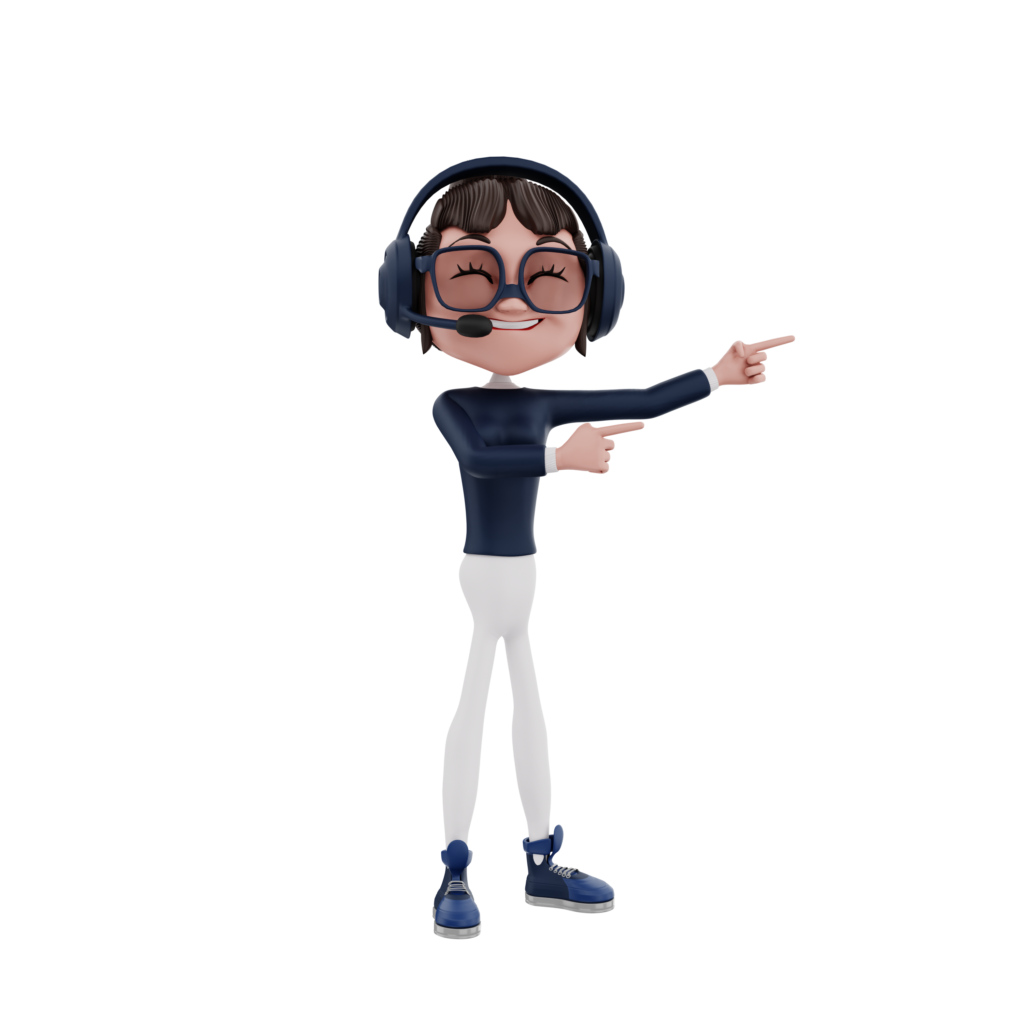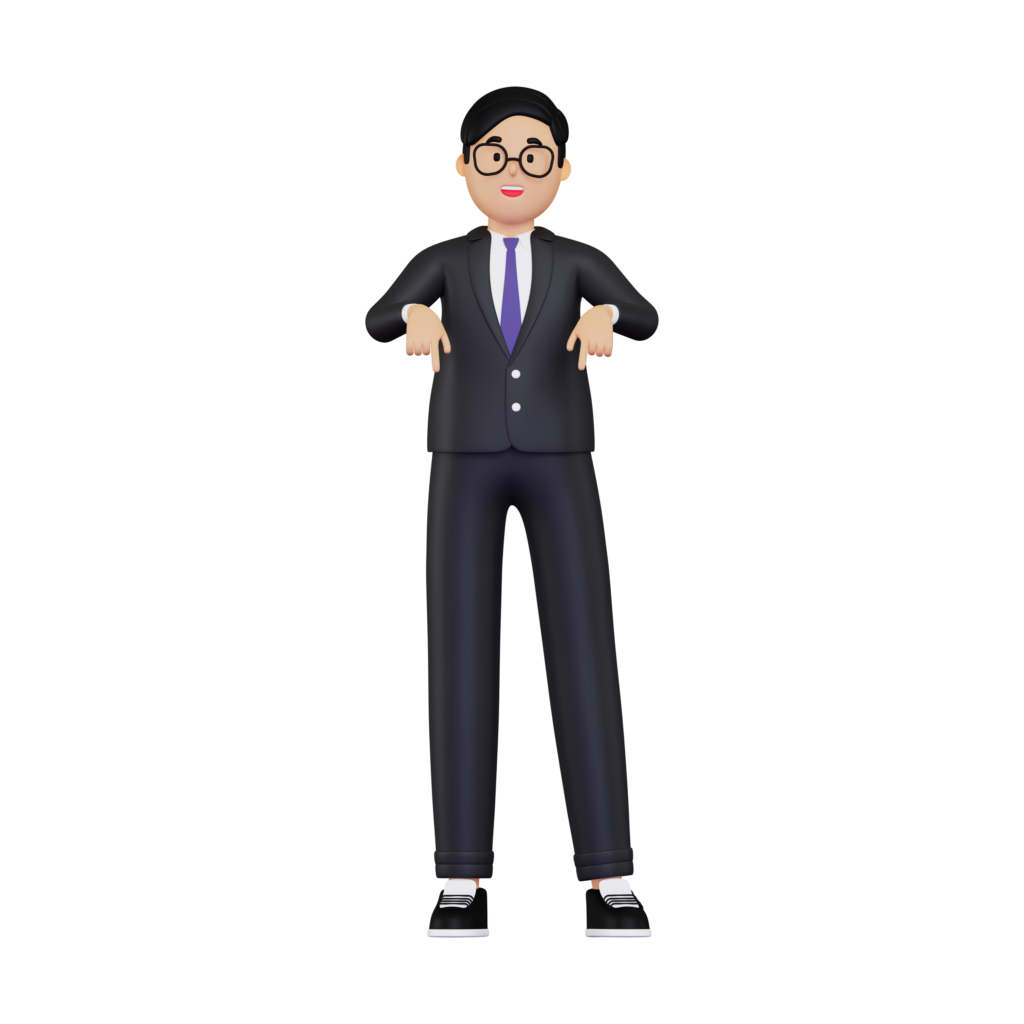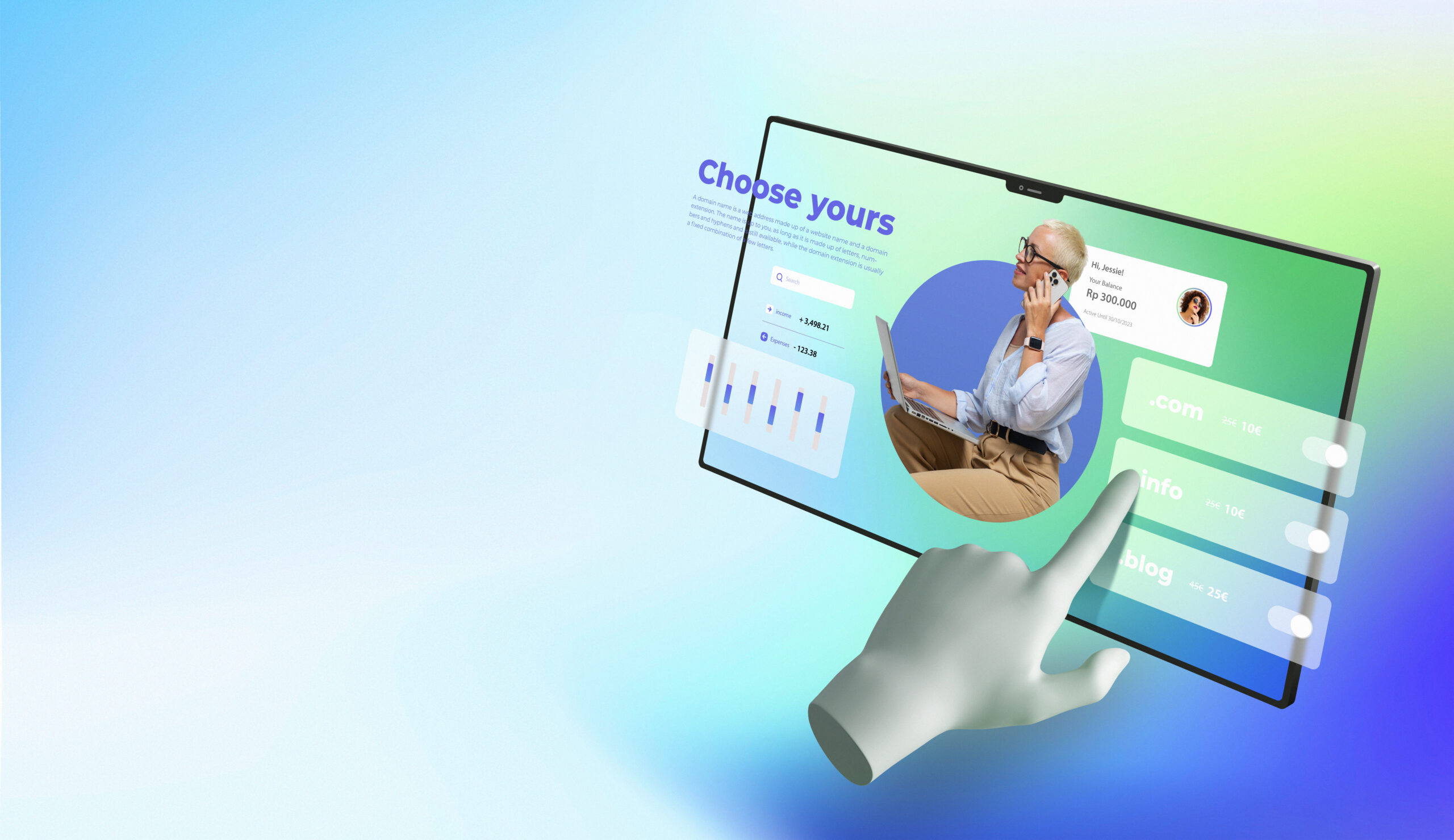In the vast, bustling online world where sleek and modern websites are a dime a dozen, a truly bad webpage design can stop us in our tracks. Remember the times when you stumbled upon a website so muddled that it made your head spin? This post will explore those moments, showcasing the most perplexing webpage designs we have ever come across.
Navigating a poorly designed website is a unique experience, akin to trying to read a book with pages glued together or maneuvering through a maze with no clear exit. It’s frustrating, confusing, and utterly memorable in all the wrong ways.
But what exactly makes a webpage design reach the dubious honor of being one of the “worst”? Is it a lack of functionality, terrible color choices, or perhaps an overload of unnecessary elements? Let’s dive into these disastrous designs, analyze what went wrong, and learn how we can avoid these pitfalls in our own digital creations.
Tailored to your success: Web Redesign Services by Webtec. Learn more about our offerings!
Overloading With Animations
In the late 90s and early 2000s, animations were the rave. But some webpages took it too far, creating a chaotic whirlwind of moving images that distracted rather than engaged the user.
These sites often lacked a clear structure, causing visitors to lose their focus and become overwhelmed. Not only did the abundance of animations lead to slower loading times, but it also created an unprofessional impression. When used wisely, animations can enhance a user’s experience, but in these instances, less would have definitely been more.
Unclear Navigation
Nothing sends a user away faster than a webpage that feels like an unsolvable puzzle. Navigation should be intuitive and simple, guiding the visitor effortlessly from one section to another.
Some webpages, unfortunately, seemed to make a game out of hiding essential links and information. Whether it was poorly labeled buttons, broken links, or menus that seemed to lead nowhere, these sites left users scratching their heads in confusion rather than engaging with content. The lesson here? Always prioritize user experience over complexity.
Unfortunate Color Choices
We all have our favorite colors, but using them on a webpage requires careful consideration. Some sites went overboard with jarring color combinations, resulting in a visual assault that strained the eyes and made content difficult to read.
Poor color contrast and background choices often led to a loss of professionalism and credibility. The right color scheme can create a harmonious and visually appealing webpage, while the wrong choices can lead to a truly catastrophic experience.
Misusing Typography
While we’re on the subject of readability, let’s talk about fonts. A webpage suffering from font fiasco is like trying to read a manuscript written in five different handwriting styles.
From tiny text that required squinting to oversized fonts that screamed for attention, these webpages ignored the fundamental principles of good typography. Selecting fonts that are easy on the eyes and consistent across the entire site is vital for a smooth user experience.
Continue exploring this theme with The Transformative Power of Typography.
Lack of Mobile Optimization
In today’s mobile-driven world, a webpage that doesn’t adapt to different screen sizes is doomed. Some sites we’ve encountered were completely unresponsive on mobile devices, with images overlapping text and essential features becoming inaccessible.
This unresponsive design alienates a large portion of potential visitors, showing a lack of foresight and consideration for the changing ways people access the web. Ensuring a webpage is mobile-friendly is no longer optional; it’s a necessity.
Bombarding Users with Ads
Advertisements are a common way to monetize a webpage, but there’s a fine line between effective advertising and overdoing it. Some sites crossed that line, inundating visitors with pop-ups, banners, and auto-playing videos.
Not only did this excessive advertising slow down the webpage’s performance, but it also created a frustrating user experience that often led to swift exits. Finding a balance between monetization and user satisfaction is crucial for a webpage’s success.
Conclusion
The digital age has brought us countless innovations and ways to connect, but not every webpage has kept up with best practices in design and usability. From flashy messes and mysterious mazes to color catastrophes, font fiascos, unresponsive quagmires, and ad overdoses, these five worst webpage designs serve as a stark reminder of what not to do.
A well-designed webpage is a harmonious blend of aesthetics, functionality, and user-centricity. While the examples we’ve explored might represent the dark side of web design, they also offer valuable lessons. By understanding these pitfalls, we can create webpages that are not only visually appealing but also user-friendly, engaging, and effective.
In a world where your online presence is often the first impression, it pays to make it a good one. Let’s take these cautionary tales to heart, continually strive for excellence, and create webpages that stand the test of time, not as a warning but as an example of digital brilliance.


